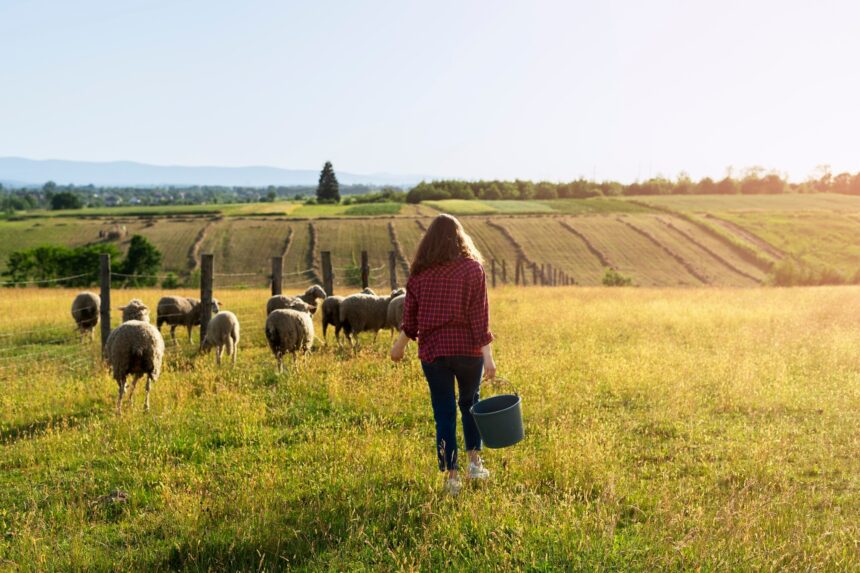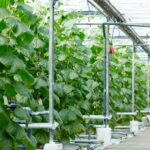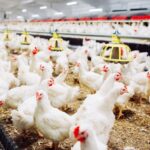Mixed farming, which combines crop cultivation and livestock rearing, is a common agricultural approach in South Africa. It offers farmers the advantage of diversifying income sources and improving land use efficiency. However, sustainable mixed farming practices are crucial to maintain soil health, conserve water, and protect the environment while ensuring long-term productivity. Here are seven sustainable practices every mixed farmer in South Africa should consider implementing.
1. Crop Rotation and Diversification
Rotating different crops each season helps prevent soil nutrient depletion and reduces pest and disease build-up. Incorporating legumes such as beans or peas fixes nitrogen in the soil, improving fertility naturally. Diversifying crops also spreads risk, as it reduces dependence on a single crop that may fail due to pests or adverse weather.
2. Integrated Pest Management (IPM)
Instead of relying solely on chemical pesticides, IPM combines biological, cultural, and mechanical control methods. For example, introducing natural predators like ladybugs or using crop varieties resistant to pests can lower pesticide use. This approach protects beneficial insects, reduces environmental contamination, and improves farm sustainability.
3. Efficient Water Management
Water scarcity is a growing concern in many parts of South Africa. Using drip irrigation systems, rainwater harvesting, and scheduling watering during cooler parts of the day conserves water and ensures crops receive adequate moisture. Proper water management also minimizes runoff and soil erosion.
4. Maintaining Soil Health
Healthy soil is the foundation of sustainable farming. Practices such as adding organic matter through compost or manure, minimizing tillage, and planting cover crops protect soil structure and increase its ability to retain nutrients and water. Avoiding overgrazing by managing livestock numbers also prevents soil compaction and degradation.
5. Agroforestry Integration
Incorporating trees into farming systems can provide shade for livestock, improve biodiversity, and enhance carbon sequestration. Trees also act as windbreaks, reducing soil erosion, and their leaf litter adds organic matter to the soil. Selecting native tree species adapted to the local climate ensures they thrive with minimal inputs.
6. Proper Livestock Management
Rotational grazing, where animals are moved between pastures, prevents overgrazing and allows vegetation to recover. Providing balanced nutrition and ensuring animal health reduces the need for antibiotics and promotes productivity. Additionally, managing manure as a resource for fertilizing crops creates a closed nutrient cycle.
7. Use of Renewable Energy
Adopting solar or wind power for farm operations reduces reliance on fossil fuels and cuts greenhouse gas emissions. Solar-powered water pumps, electric fences, and lighting are increasingly affordable and suitable for rural South African farms, supporting sustainability goals.
By embracing these sustainable practices, mixed farmers in South Africa can improve productivity while conserving natural resources for future generations. Sustainability in mixed farming not only benefits the environment but also strengthens farm resilience against climate change and market fluctuations. Whether you’re a smallholder or commercial farmer, integrating these strategies can help build a thriving, sustainable agricultural enterprise.
Join 'Farmers Mag' WhatsApp Channel
Get the latest Farming news and tips delivered straight to your WhatsApp
CLICK HERE TO JOIN






